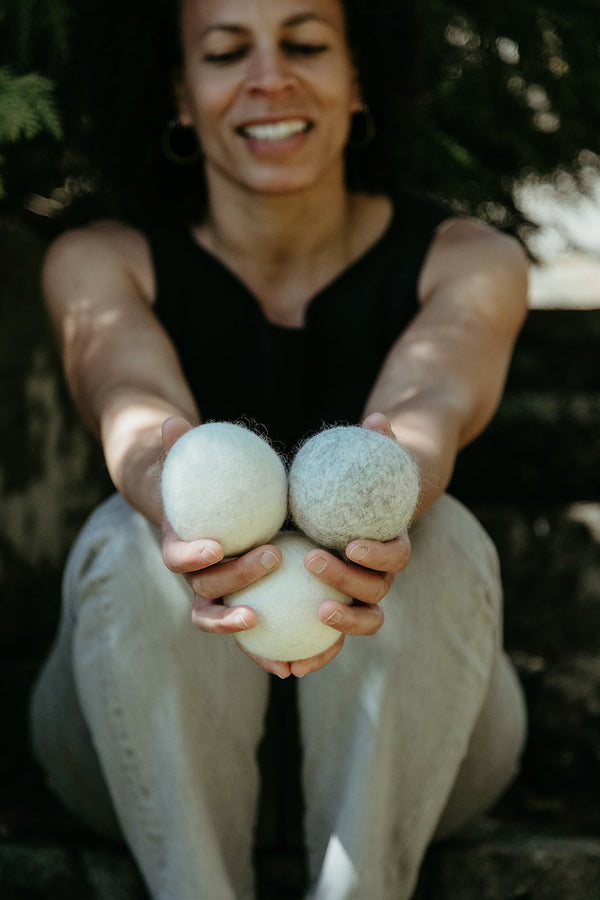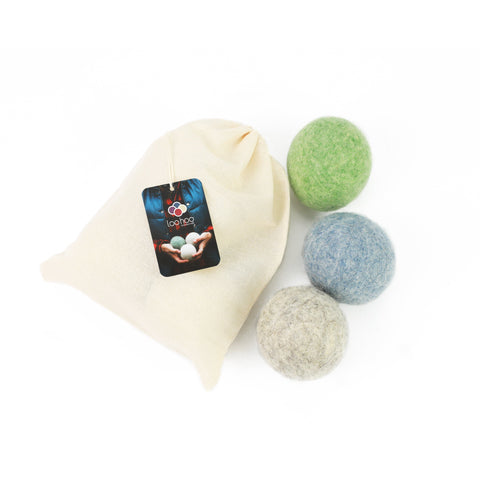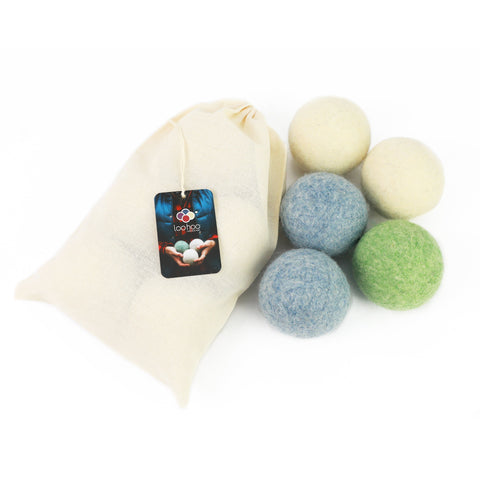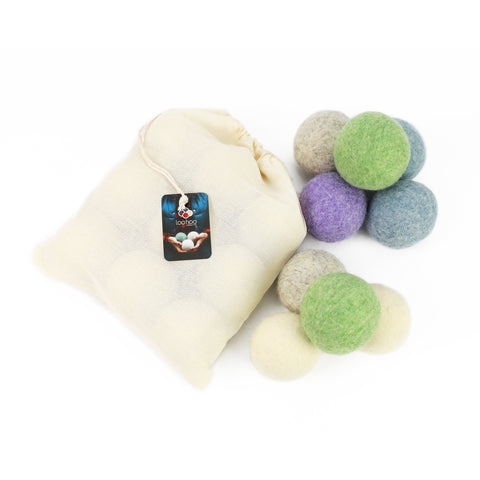Your Cart is Empty
Managing Static
April 18, 2025 3 min read

For many, the first encounter with static was the wonderous discovery that if you rub a balloon on top of your head, the balloon will stick to the wall.
Static may have been fun as a child, but in the laundry room the crackle of pulling apart dry laundry, fabrics sticking together and unexpected shocks can be real a nuisance. But it doesn’t stop there. Garments may continue to cling when they’re worn, bunching up in spots and laying any way but flat.
Static cling is caused by a static electricity charge due to dryness and friction. When laundry items rub against each other in the dryer, electrons transfer from one item to the other, creating positive and negative charges. Hot air removes moisture, increasing the electrical resistance and allowing static charges. Essentially, the hotter the temperature and length of the dryer cycle and the lower the humidity, the greater the static electricity.
Synthetic fabrics like polyester and nylon generate five and four times respectively more static than natural materials such as linen and cotton.
Luckily with a few preventative measures, you can wash and dry and keep laundry soft and static free.
Sort Laundry
Grouping items by weight before washing makes a big difference. While towels take longer to dry and lightweight cottons dry faster, laundering by similar weights will help dry evenly without unnecessary overdrying and cut down on static. Separate laundry by lightweight fabrics – gym clothes, T-shirts and delicates; heavier fabrics – jeans and sweaters; and towels and sheets – wash these separately from each other and your clothes to ensure thorough cleaning and even drying.
If you're working with just one load, sort by weight before drying. Dry the heavier items first, as they take longer. Once they're done, switch to the lighter fabrics for a shorter cycle. This prevents overdrying—a major cause of static buildup—while also taking advantage of residual heat to save energy.
Rinse with Vinegar
Reduce static in the dryer by adding half a cup of white vinegar to the washer’s rinse cycle. Vinegar acts as a natural fabric softener, helps rinse detergent from laundry and relaxes fibers so they are less likely to stick together in the dryer.
Dry Less
Consider drying lightweight items on low heat, and keep an eye on the dry time. By eliminating overdrying you’ll significantly reduce static cling. For synthetic fabrics especially, set the dryer setting on medium or low.
Items that are still slightly damp also can be removed from the dryer and left to air dry on a clothesline or drying rack to remain static-free.
Apply Moisture
Moisture creates humidity, which stabilizes static. To address this, simply rub a damp paper towel or cloth on the areas of your laundry affected by static.
Static cling is typically more prevalent in dry winter months when there’s less moisture and humidity, though it can happen all year round. Ramp up the moisture in the air with houseplants and by running a humidifier.
If clothing is sticking where it shouldn’t, spritz some water from a spray bottle on the area and let the item air dry.
Use Plenty of LooHoos
Toss in five or more reusable LooHoos to naturally soften clothes, reduce drying time and eliminate friction without the need for chemical-infused dryer sheets. LooHoos help your clothes dry faster so be sure to set your dryer on shorter cycles or use the sensing cycle, which automatically adjusts the dry time based on moisture levels.
By following any of these simple routines, you’ll keep your laundry fresh, soft and static-free while making the entire process more efficient.
Related Products
Subscribe
Sign up to get the latest on sales, new releases and more …

Join the LooHoo Community
Sign Up Now to be the first to learn about new products, sales and giveaways.




